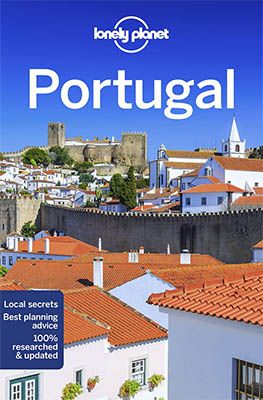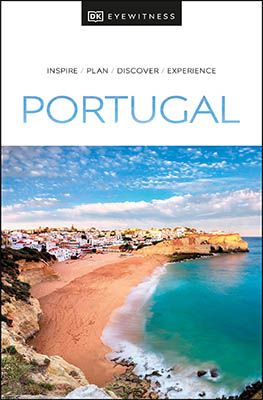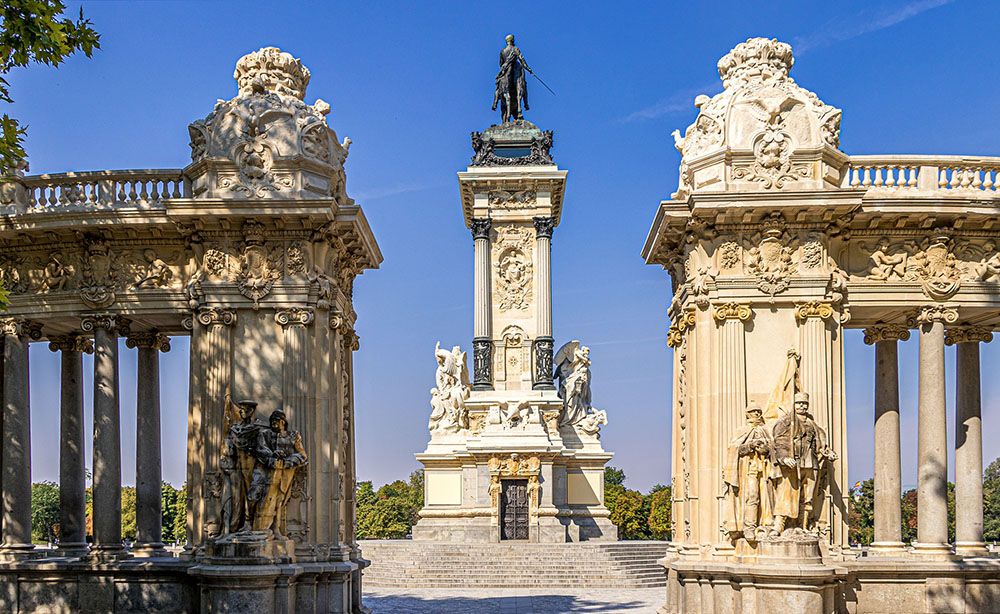
A little bit of history
Lisbon was founded by Phoenician settlers around 1200 BC. The city was then part of the Carthaginian Empire. After the Punic Wars, Lisbon became the most important Roman trading centre in the region. In the early 8th century, the city was conquered by the Moors. Much of the Moorish heritage, including the Castle of São Jorge, is preserved in nearby Alfama: the city’s oldest surviving district.
The Golden Age of Portugal, and thus Lisbon, began in the 15th century. Henry “the Navigator” conquered Ceuta and founded the first European overseas colony. Later, he founded the maritime school of Sagres in the Algarve, which started the era of exploration. Vasco da Gama then sailed to India via his Cape route. This brought an end to the Venetian monopoly on trade between Europe and the Far East. The Portuguese are proud of this feat. There is a large statue of the explorer in the Belém district for good reason.
A black day in the history of Lisbon is the big earthquake in the middle of the 18th century. Large parts of the city were destroyed and tens of thousands of residents lost their lives. The event took place on an important religious holiday (All Saints’ Day). Almost every church in the city was destroyed. This caused unrest and confusion in the devout Roman Catholic country. The reconstruction went very well and gave the city its present large parks and long, straight avenues. Nevertheless, the earthquake had a great impact on the city and the country’s colonial ambitions.
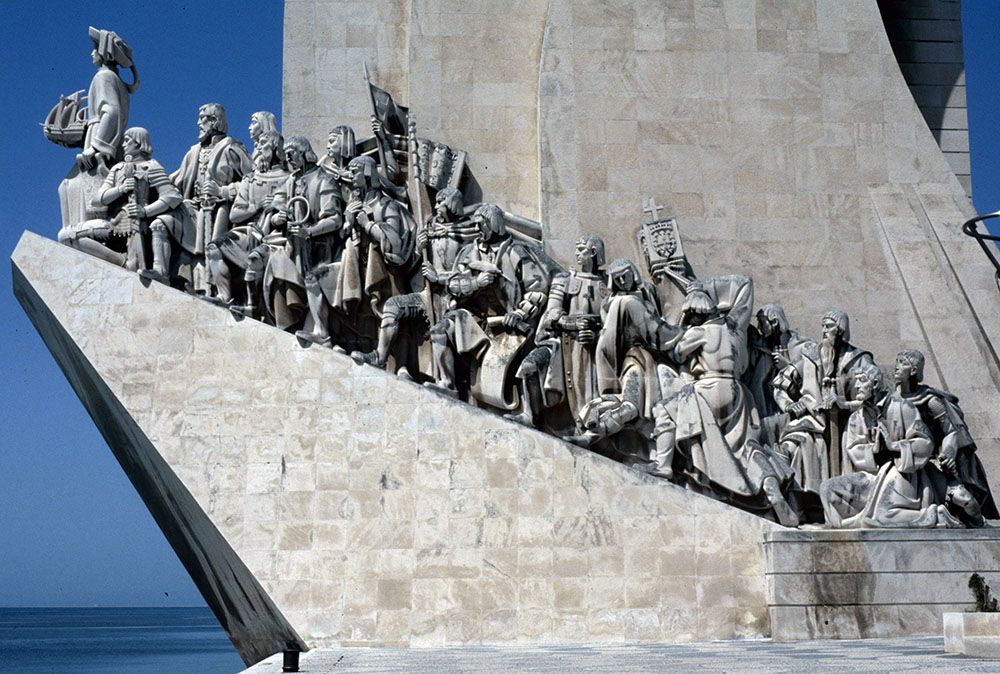
City break to Lisbon: where to start?
Like Rome, Moscow, San Francisco and others, Lisbon is built on seven hills. The city stretches along the northern bank of the Tagus River. The centre of Lisbon with Baixa (lower town) and Bairro Alto (upper town) can be found just north of the river. Here you will also find the steep, winding streets and staircases in the old city districts of Mouraria and Alfama. Most (historical) sights are in this part of the city though there is also plenty to see and do on the outskirts.
A good way to get to know Lisbon quickly is by bicycle tour. This is possible with a guide at Baja Bikes. The most popular tour is the one where you get to see the best highlights. The enthusiastic guide has a lot to tell and gives a lot of background information. In just under three hours, you will learn a lot about the history, culture and highlights of the city. An optimal start of your city trip to Lisbon!
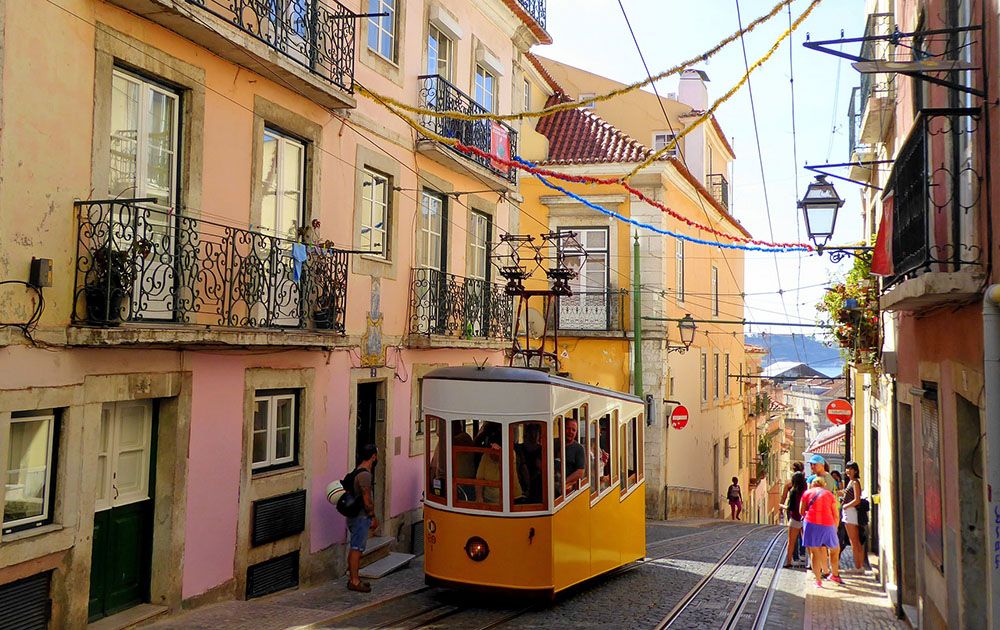
The many highlights of the Iberian city of the seven hills
Lisbon has so much to offer that you can easily spend four or more days here. We only mention some of the sights that we think you should definitely see.
Sao Jorge Castle
Sao Jorge Castle (Saint George) is Lisbon’s most famous and impressive castle. The large citadel towers high above the old district of Alfama. Already in the 6th century BC, people lived on the spot where the castle now stands. Four centuries later, the Romans built the first fortifications there. These were further expanded by the Moors and later the Portuguese. When Lisbon became the capital of Portugal in the mid-13th century, the castle was converted into a royal palace.
During the great earthquake of the mid-18th century, much was unfortunately damaged. However, parts of the palace and the beautiful gardens have been restored. But it is the castle walls, the towers and especially the spectacular views that you should visit the castle.
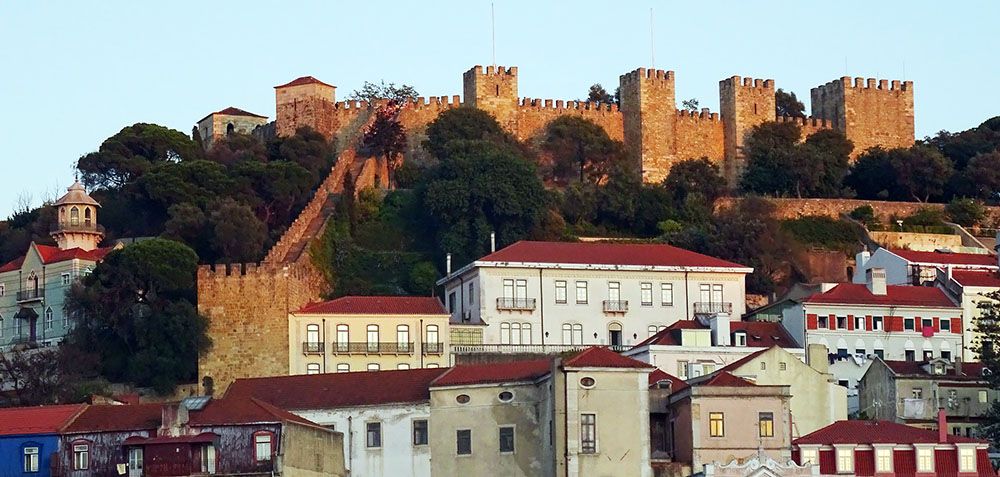
Strolling through the old, hilly Alfama
The old fishing district Alfama survived the great earthquake miraculously well. Here you still find the authentic, old Lisbon. We can wander around for hours. The first time we were here was almost 35 years ago. During our last visit, time seemed to have stood still here. Climbing up the narrow old alleys is an excellent workout, by the way.
The main sights include Lisbon Cathedral and the Castle of St George. The cathedral was built in the middle of the 12th century in the same year that the Moors were expelled. The city’s main mosque stood on the same spot before that.
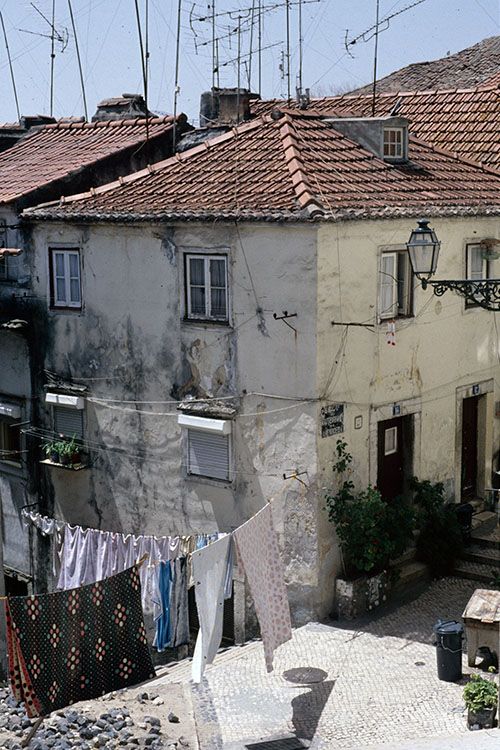
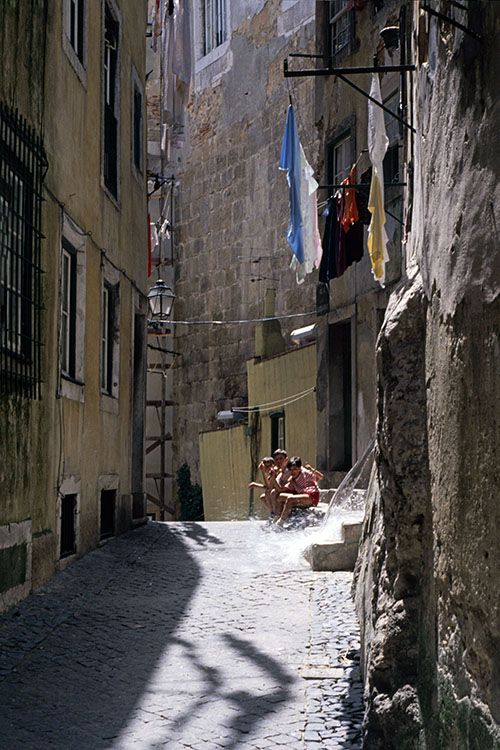
Belem
In the Belem district in the west of the city, you will find many famous monuments along the river. Such as the Torre de Belém. This tower from the early 16th century was built as a memorial to Vasco da Gama’s voyages of discovery. It is one of the most important sights in Lisbon. And like the nearby, impressive Jerónimos Monastery, it is a UNESCO World Heritage Site. The tower has an interesting interior. But it is mainly the beautiful view of the Tagus that you should visit the tower for.
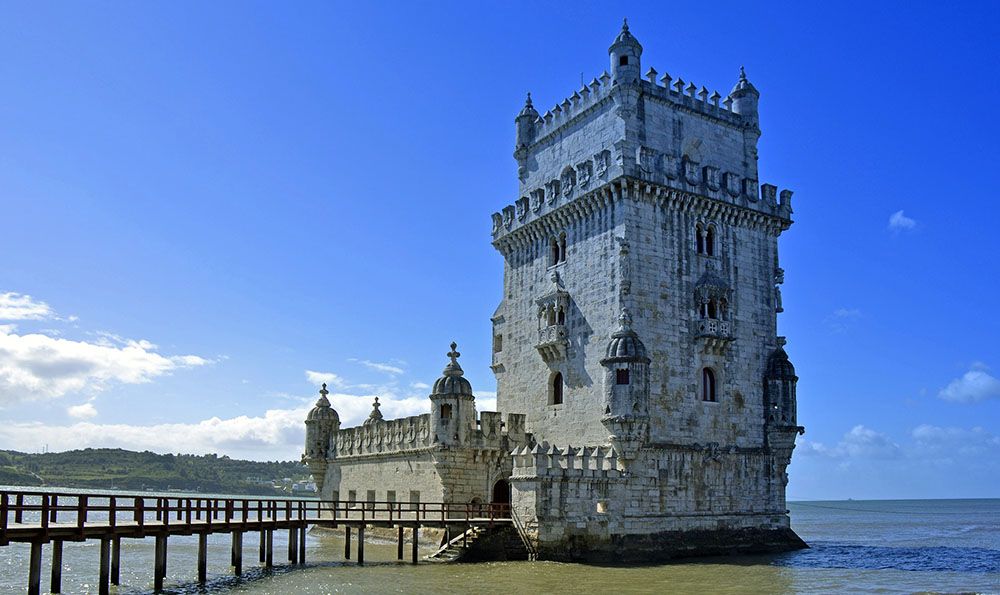
The Monastery still exudes the power and wealth of Portugal from the time of the Discoveries. It was built on the spot where Vasco da Gama prayed the last night before leaving for India. Some of the great figures of Portuguese history are buried here. Like Vasco da Gama, but also kings and poets. Partly because of the beautiful cloisters with marine decorations, you should not miss the monastery.
In the district, you also have the Padrao dos Descobrimentos, the monument of the discoveries. The 52-metre-high monument has the shape of a ship with billowing sails. There are 33 sculpted persons on the monument. The front man is Henry the Navigator. Of course Vasco da Gama is also among the stone crowd.
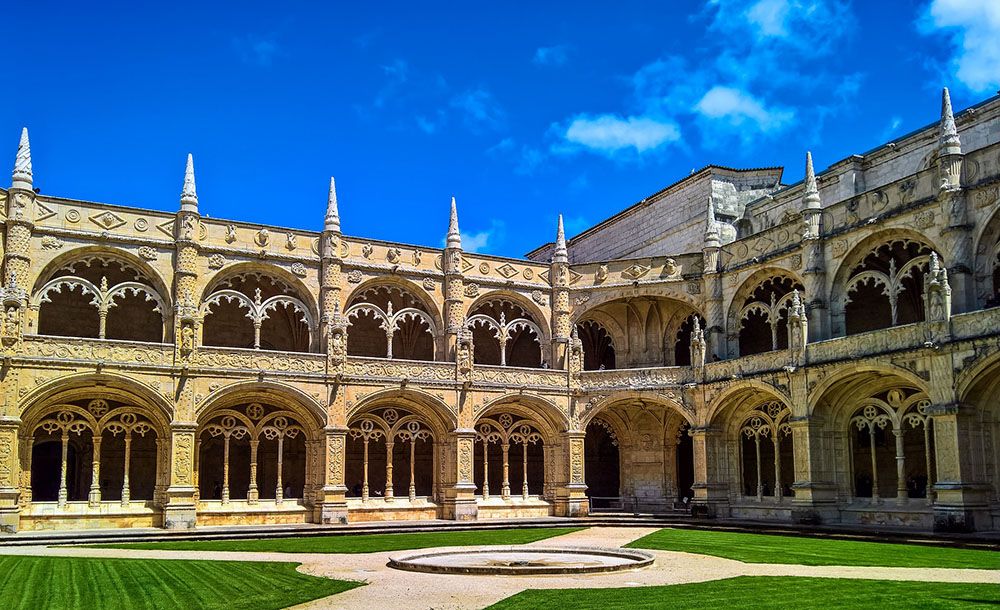
Botanical Gardens and Parks of Lisbon
If you like botanical gardens, Lisbon is the place to be. There are no fewer than three worth visiting: Jardim Botanico d’Ajuda, Jardim Botanico Tropical and Jardim Botanico de Lisboa. It’s a great place to escape the hustle and bustle or heat of the city. The botanical garden of Lisbon is the largest. We found the tropical garden particularly interesting. Here you find (tropical) plant species that have a link with the Portuguese voyages of discovery. For instance pepper, and the cacao and cinnamon tree.
Apart from botanical gardens, Lisbon has many particularly beautiful urban parks. One of them is the Jardim da Estrela, located near the Basilica of Estrela. It is not big but it is quiet and full of (sub)tropical plants. Another park is the 25-hectare Parque Eduardo VII. This park is situated on a hill and offers a fantastic view of the lower city and the Tagus. Need to do some sports, like mountain biking or running? Then visit the 1000 hectare Parque Florestal de Monsanto. It is one of the largest city parks (forests) in Europe. You also get a beautiful view of Lisbon and the Tagus. Concerts and theatre performances are regularly held here.
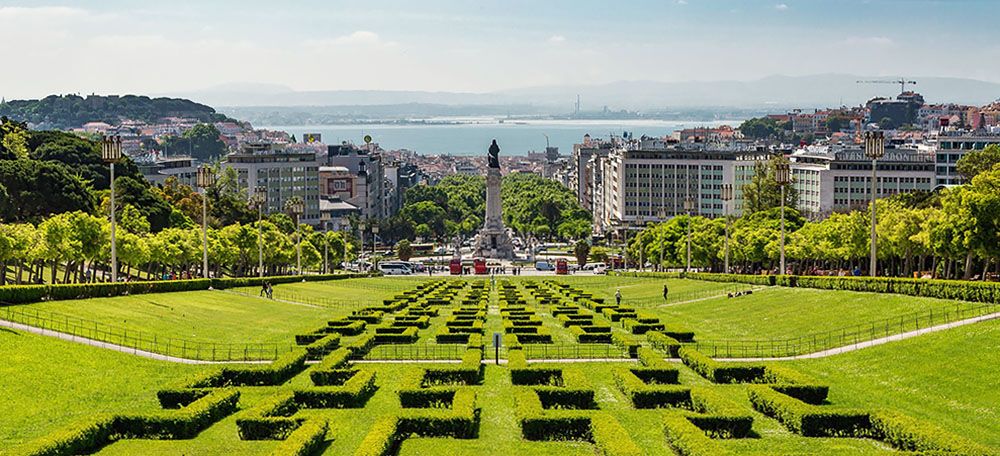
Lisbon’s lovely squares
There are several squares in Lisbon that are absolutely worth a visit. One of them is the Praça dos Restauradores, located at the beginning of the posh Avenida da Liberdade. The eye-catcher is the large 19th century obelisk commemorating Portuguese independence. The square is not the most cosy of the city’s squares but it does have some interesting, historical sights. For example, the luxurious pink palace Foz and the amazing art deco theatre next to it. In the immediate vicinity you will also find many good restaurants.
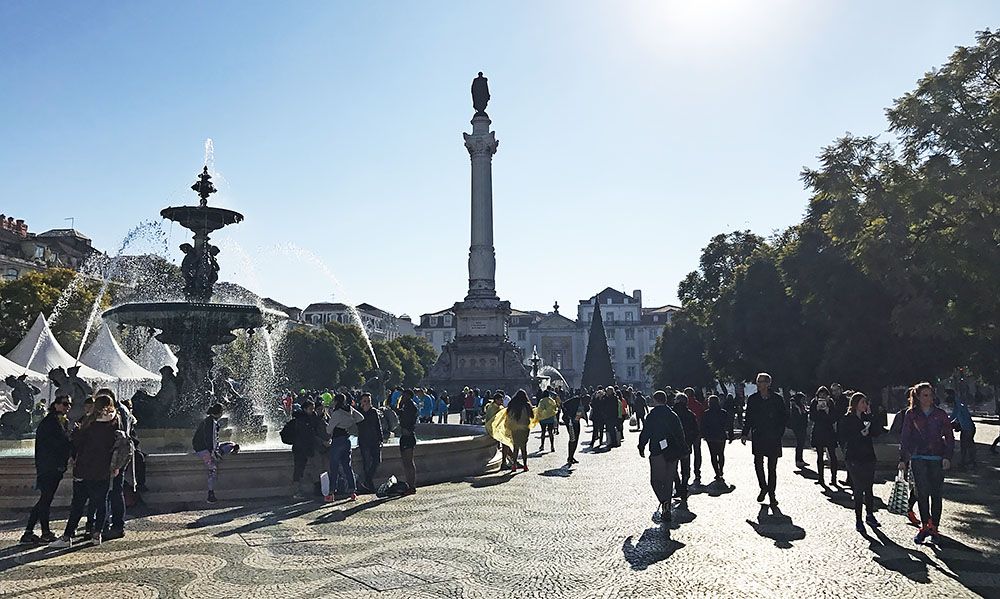
Another beautiful square is the Praça de Dom Pedro IV. The large square, also called Rossio, has two beautiful fountains and an immense statue. There are many nice shops and restaurants. A third, not to be forgotten square is the Praça do Comercio at the Tagus. As buses, trams and the ferry to the other side of the Tagus leave from here, it is usually very busy. There are many restaurants, some shops and a tourist office.
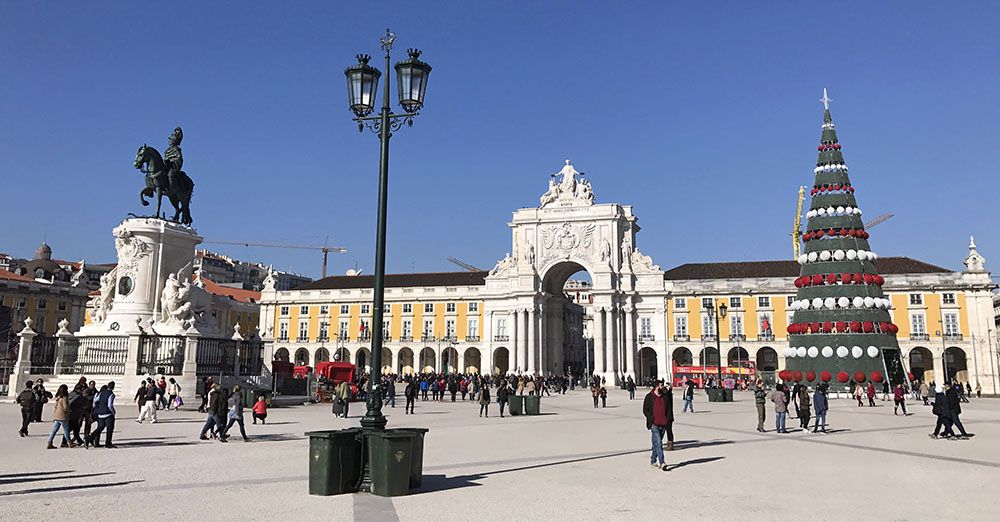
Coming up the hill with an ‘elevador’
Perhaps the most beautiful form of public transport in Lisbon is a ride on an ‘elevador’: a kind of cable car from the end of the 19th century. This means of transport was specially designed for the steep and long slopes of the city. There are three, namely Elevador do Lavra, Elevador da Gloria and Elevador da Bica.
The Elevador do Lavra is the least known but the oldest and steepest funicular. It goes from the Câmara Pestana to Largo da Anunciada. The best known and most popular of the three cable cars is the Elevador da Glória. It connects the Praça dos Restauradores with Rua San Pedro de Alcantara in Bairro Alto. At the highest point of the funicular, in Bairro Alto, you have a beautiful view of Lisbon! The Elevador da Bica is the famous tram line 28. It runs through Rua da Bica de Duarte Belo to get to Bairro Alto. No matter which tram you take, an elevador ride should not be missing from your city trip!
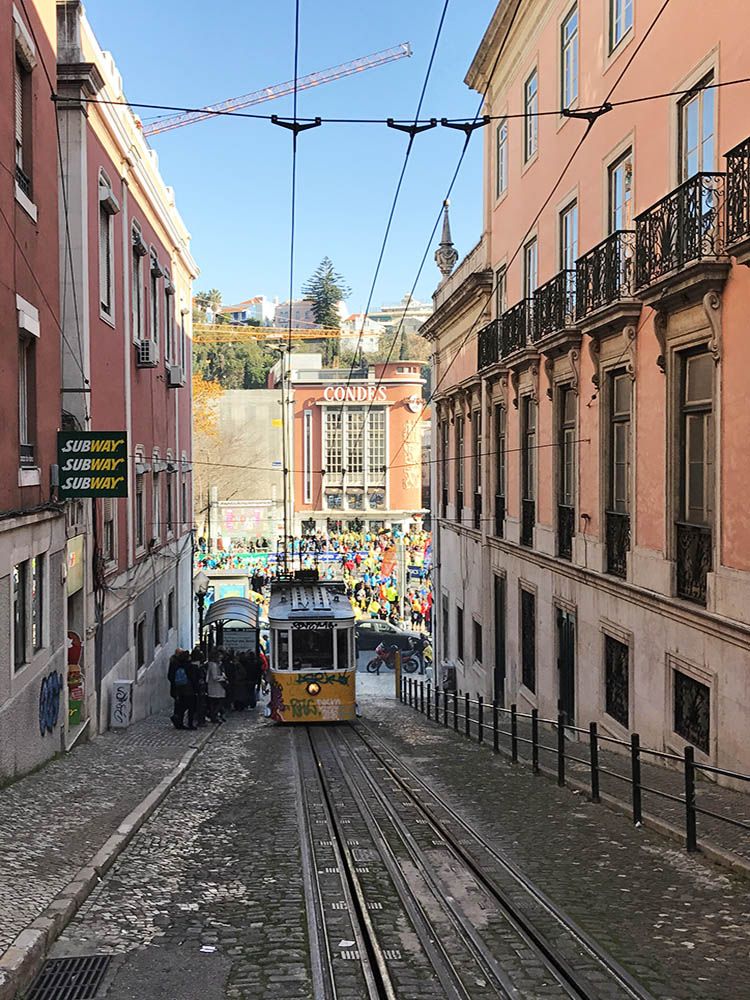
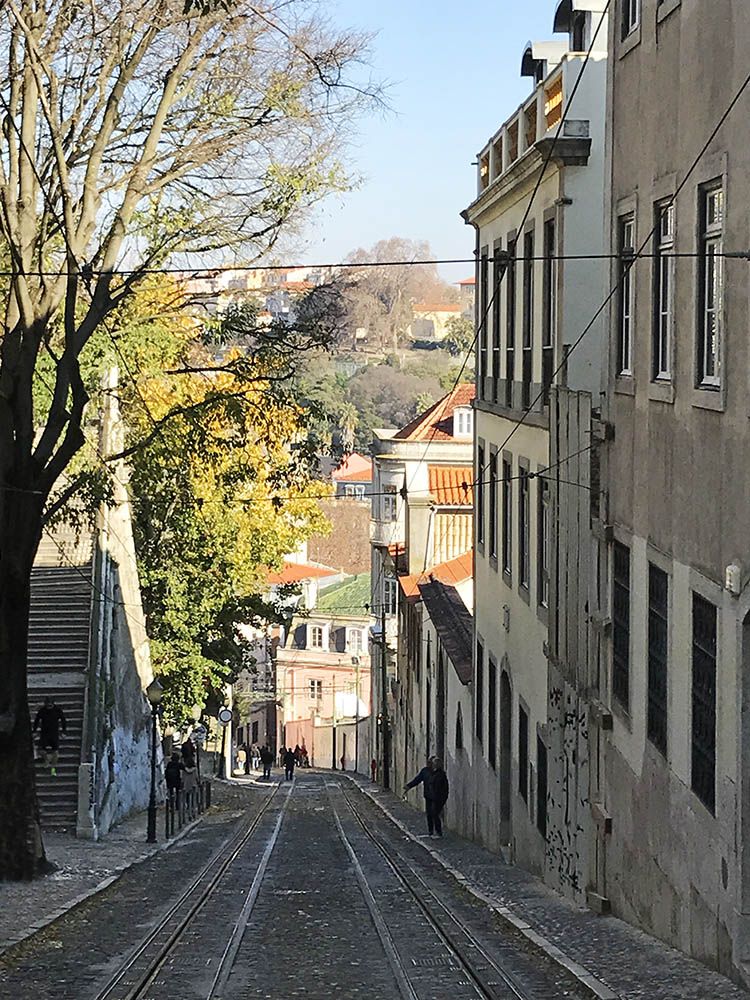
Sightseeing in the Lisbon area
Do you have more time to spend in the vicinity of Lisbon? Then visit the picturesque town of Sintra to the west of the city. There you will find some beautiful palaces and castles. And would you like to spend a day or part of the day at the beach? Then go to Estoril or Cascais, the trendy, relaxed beach resorts on the Costa de Lisboa. In this area west of the capital, the avid golfer will also find plenty to enjoy. We will soon be devoting attention to these places of interest in a separate blog.
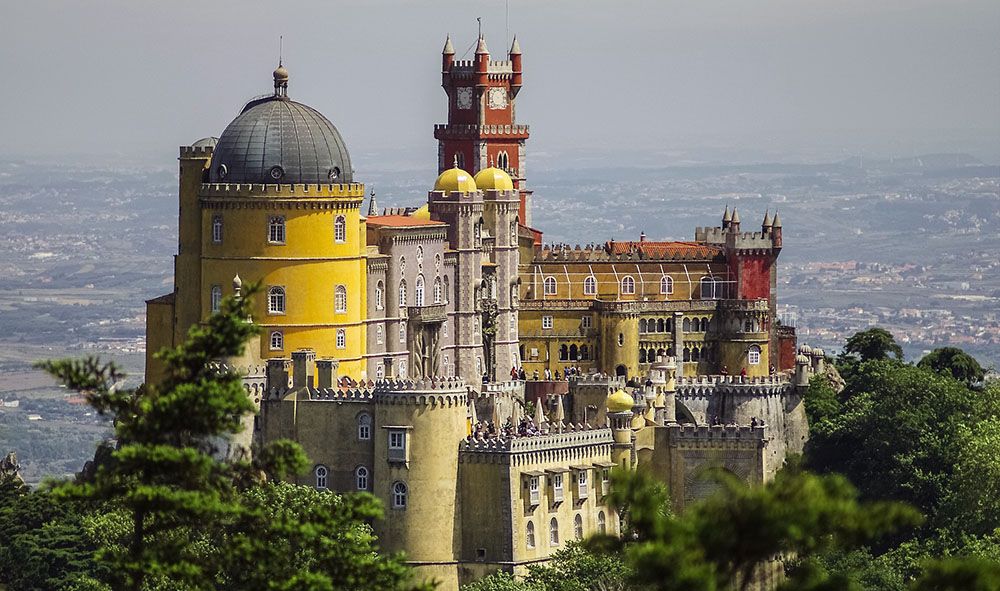
Practicalities for your Lisbon city break
In Lisbon you can buy the Lisboa Card. With this pass you have free access to 26 museums and monuments, including Torre de Belem and Mosteiro dos Jerónimos. It also offers free public transport, including the famous Santa Justa wooden tram!
Both in the centre and in the immediate surroundings there is a lot of affordable accommodation in Lisbon. Personally we like the old districts Alfama, Bairro Alto and Baixa. But also Bélem, where we stayed during our last city trip, was a good choice. The advantage of Bélem is that you are within walking distance of sights like the Mosteiro dos Jerónimos and the Tower.
Lisbon is a culinary delight. There are no fewer than 10 restaurants with one or two Michelin-stars. Another 21 restaurants have a mention in the Michelin Guide but apart from these restaurants you can also find excellent places in the backstreet. Most of them are family-run, small and cheap. Usually, their pratos do dia (dish of the day) is the best choice. Traditional Portuguese restaurants are widely spread in the narrow streets of Bairro Alto. But especially in the Chiado district. Avoid the tourist traps with laminated menus in Baixa. Look here for a list of the best restaurants in Lisbon.
Lisbon has a temperate, fairly warm climate with mild winters and warm summers. Of all the large cities in Europe, Lisbon has the warmest winters with average temperatures of around 15°C during the day and 9°C at night. The typical summer season lasts for about six months, from May to October, with average temperatures of 25°C during the day and 16°C at night. Most rain falls in the winter. Summers are particularly dry. Bear in mind that, due to its location on the ocean, Lisbon can be quite windy.
If you stay in the centre of Lisbon most of the sights are within walking distance. But it is quite hilly. You will therefore have to cover quite some distance over the sometimes-wet cobblestones.
Nowadays, a common means of transport in the Portuguese capital is the bike. Many bicycle lanes have been added and motorists are more used to their fellow road users. But what goes for walking also goes for cycling: take into account the hilly terrain. However, there are comfortable bicycle routes along the Tagus. For example, if you cycle from Baixa to Belem, or to Parque das Naçoes.
For the rest, the public transport in Lisbon is well organized. The metro system in the city is clean, fast and efficient. The same goes for the (mostly modernised) trams. You can best buy the Viva Viagem: a public transport card that you can recharge. Choose unlimited travel per day if you plan to use public transport a lot. If you plan to visit many museums and monuments, you should buy the Lisboa Card. With this you can also travel for free on public transport and the famous tram line 28.

